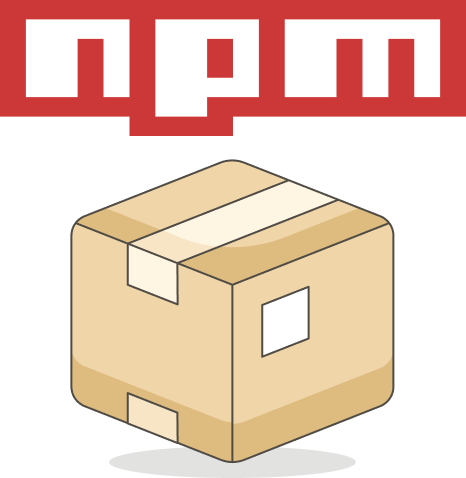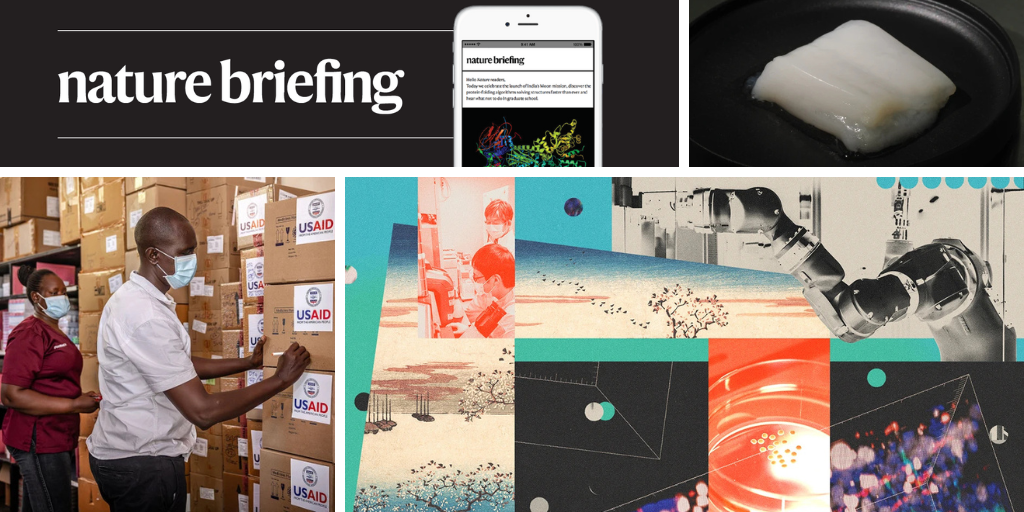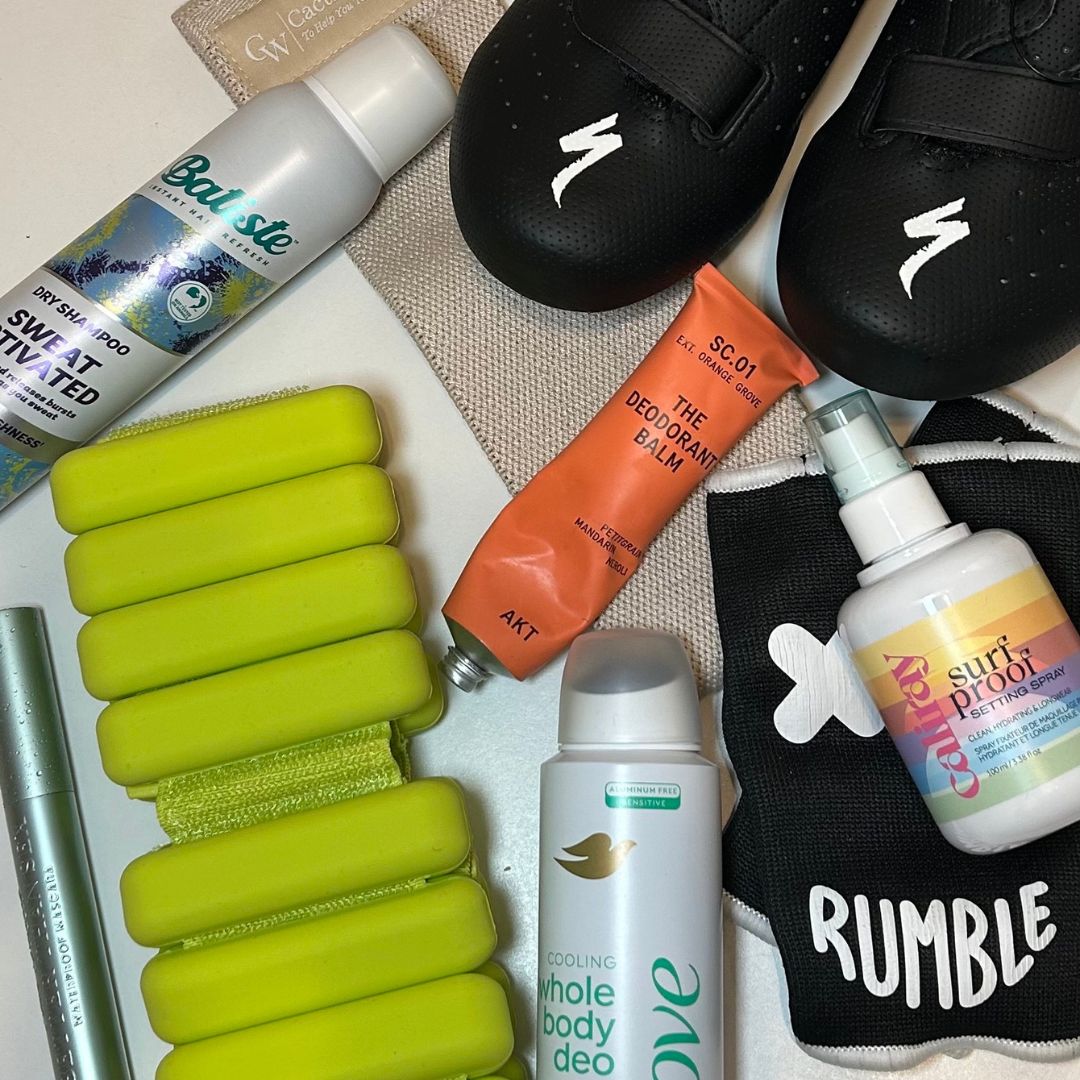How to Create and Publish Your Own NPM Package
1. Introduction In this guide, I’ll walk you through the entire process of creating and publishing your first NPM package — from setting up your project, writing the code, and testing it locally, to pushing it live on the NPM registry. Whether you’re building a small utility or planning a larger open-source project, this article will give you a solid starting point. Creating your own NPM package allows you to: Reuse your code across multiple projects. Share useful tools with the dev community. Build a portfolio and get recognised for your work. 2. Prerequisites Basic knowledge of JavaScript/TypeScript. Node.js and npm installed. An npm account. 3. Setting Up Your Project mkdir my-awesome-package cd my-awesome-package npm init -y 4. Writing Your Package Code Create an index.js or index.ts file. my-awesome-package/ ├── src/ │ └── index.js (or index.ts) ├── package.json └── README.md /** * Capitalizes the first letter of a string * @param {string} str - The string to capitalize * @returns {string} The capitalized string */ function capitalize(str) { if (typeof str !== 'string') { throw new TypeError('Expected a string'); } return str.charAt(0).toUpperCase() + str.slice(1); } module.exports = capitalize; { "name": "my-awesome-package", "version": "1.0.0", "main": "src/index.js", ... } 5. Testing Locally How to test your package locally in another project using npm link. Before publishing your package to the world, you’ll want to test it in a real-world environment — like another project that uses your package. That’s where npm link comes in. cd ~/projects/my-awesome-package npm link This makes your local package globally available (as if it was published). You’ll see a message like: /Users/you/.nvm/versions/node/v18.0.0/lib/node_modules/my-awesome-package -> /Users/you/projects/my-awesome-package go to the test project: cd ~/projects/test-app npm link my-awesome-package In your test project, you can now import your package like this: // test-app/index.js const capitalize = require('my-awesome-package'); console.log(capitalize("linked!")); // Output: "Linked!" 6. Adding README.md Your code may be brilliant — but if no one knows what it does or how to use it, it won’t go far. That’s why a clear, concise, and helpful README.md is essential. Here’s a simple but effective layout for your README.md: My Awesome Package `Short description

1. Introduction
In this guide, I’ll walk you through the entire process of creating and publishing your first NPM package — from setting up your project, writing the code, and testing it locally, to pushing it live on the NPM registry. Whether you’re building a small utility or planning a larger open-source project, this article will give you a solid starting point.
Creating your own NPM package allows you to:
- Reuse your code across multiple projects.
- Share useful tools with the dev community.
- Build a portfolio and get recognised for your work.
2. Prerequisites
Basic knowledge of JavaScript/TypeScript.
Node.js and npm installed.
An npm account.
3. Setting Up Your Project
mkdir my-awesome-package
cd my-awesome-package
npm init -y
4. Writing Your Package Code
Create an index.js or index.ts file.
my-awesome-package/
├── src/
│ └── index.js (or index.ts)
├── package.json
└── README.md
/**
* Capitalizes the first letter of a string
* @param {string} str - The string to capitalize
* @returns {string} The capitalized string
*/
function capitalize(str) {
if (typeof str !== 'string') {
throw new TypeError('Expected a string');
}
return str.charAt(0).toUpperCase() + str.slice(1);
}
module.exports = capitalize;
{
"name": "my-awesome-package",
"version": "1.0.0",
"main": "src/index.js",
...
}
5. Testing Locally
How to test your package locally in another project using npm link.
Before publishing your package to the world, you’ll want to test it in a real-world environment — like another project that uses your package.
That’s where npm link comes in.
cd ~/projects/my-awesome-package
npm link
This makes your local package globally available (as if it was published).
You’ll see a message like:
/Users/you/.nvm/versions/node/v18.0.0/lib/node_modules/my-awesome-package -> /Users/you/projects/my-awesome-package
go to the test project:
cd ~/projects/test-app
npm link my-awesome-package
In your test project, you can now import your package like this:
// test-app/index.js
const capitalize = require('my-awesome-package');
console.log(capitalize("linked!")); // Output: "Linked!"
6. Adding README.md
Your code may be brilliant — but if no one knows what it does or how to use it, it won’t go far.
That’s why a clear, concise, and helpful README.md is essential.
Here’s a simple but effective layout for your README.md:
My Awesome Package
`Short description





































































